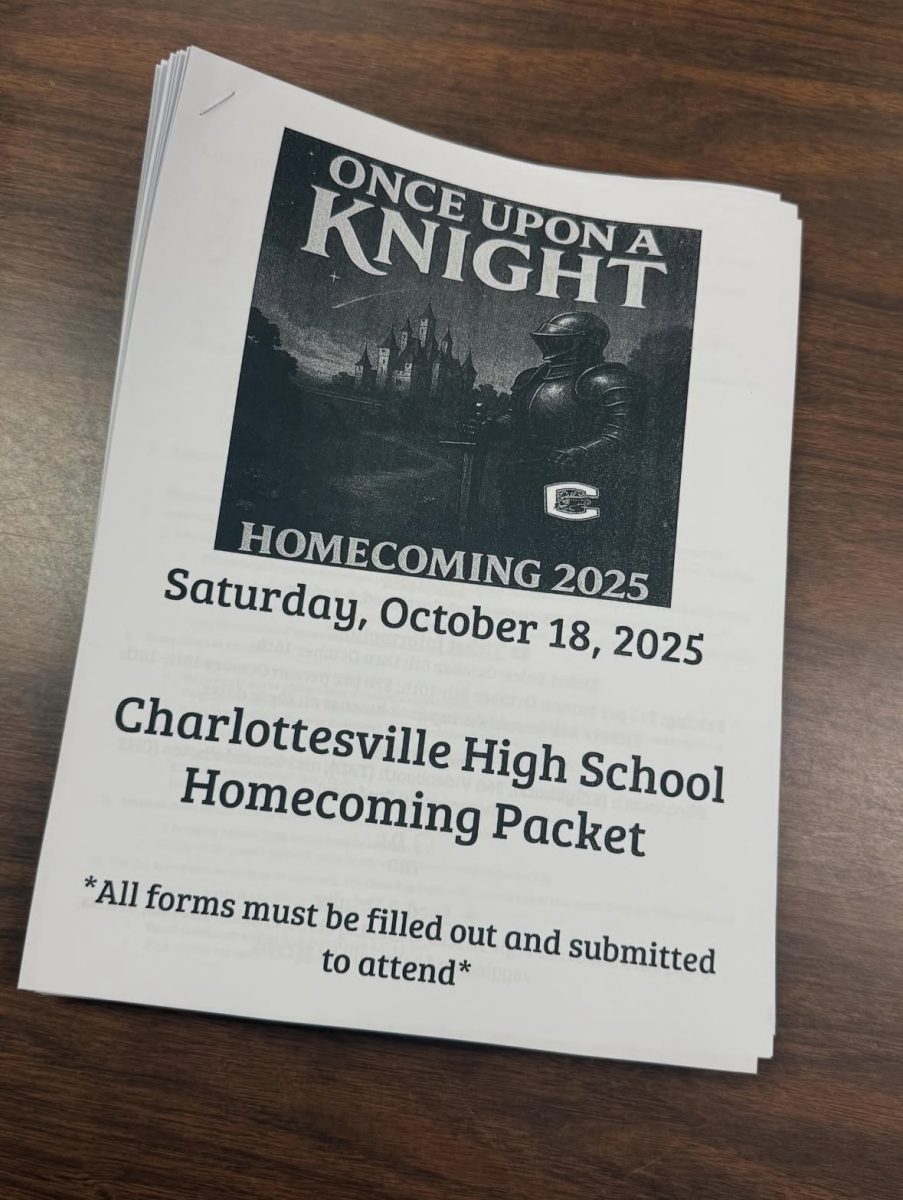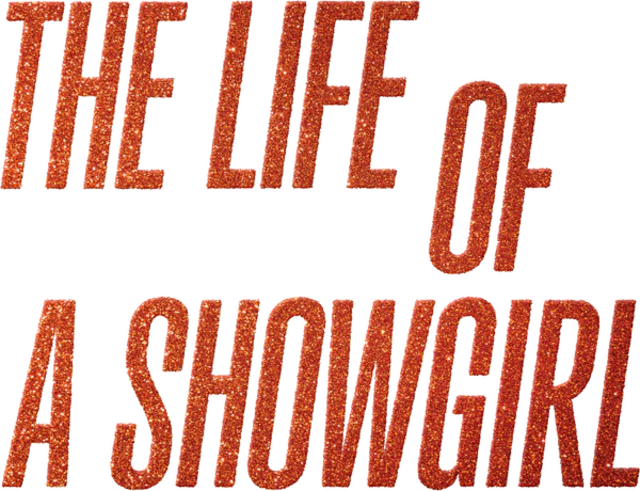Disparities in Charlottesville Area Club Sports and Its Effects
October 13, 2022
Who has the resources to play club sports outside of Charlottesville High School? Does the varsity roster reflect the diversity at CHS? Is every athlete expected to play a club sport outside of their varsity season?
These questions plague CHS varsity teams as they are well into their fall season, and are looking forward to the winter and spring seasons.
CHS girls varsity soccer coach, Marcelle Van Yahres says, “Ability is the most important part of tryouts, but the best players are the ones who put themselves in a competitive environment.” Girls varsity soccer, like many other CHS varsity sports, prioritizes an emphasis on athletes who play club during season or off season. This expectation can further create financial or opportunistic disparities throughout CHS, a school full of diversity and people from all backgrounds. In terms of opportunities to play soccer during an off season, various clubs in the Charlottesville area like SOCA, Skyline, and Alliance, offer travel teams at steep costs of $1000 and up per season. Apart from travel soccer, there is a Rec league through SOCA at an extremely low cost in comparison, at $100 per season.
There may be many clubs with various opportunities for travel, and there is a reduced cost option of playing Rec soccer, but who has access to these, and what else may restrict athletes from out of season play? In response to this topic Coach Marcelle says, “Anyone who expresses a need [for aid] is able to get it. The issue is less on finances and more on transportation.” Annelise Green, CHS senior and varsity soccer goalie says, “I couldn’t justify the constant long drives and hotels that travel requires,” in response to being asked about their reasoning behind not playing travel soccer. Many athletes have told KTR that getting a ride to practice or games is not as easy as it may seem.
Soccer is not the only sport that expects its athletes to play club apart from their varsity season. Boys varsity basketball, one of CHS’s most successful sports, is included in the predicament that is the school’s wealth and opportunistic disparities in varsity sports. Junior Aidan Yates, varsity small forward, says, “Yes, my coaches expect me to play for a club team to stay sharp,” and, “The closest thing to financial aid is a monthly payment plan” for the club that he plays for. Even if not explicitly stated, boys varsity basketball is yet another CHS sport where athletes get a significant “leg up” if they play on a club team as well as their CHS team.
Alongside some of CHS’s most successful varsity teams, the girls volleyball team has started to rise up the ranks from in VHSL as compared to its previous seasons. Former assistant/head coach of the team, Dana Doyon, says, “The skills that [the players] have developed as a result of playing club will probably heavily impact my decisions,” in response to being asked if an athlete’s club participation affects her decisions at tryouts. Even though never explicitly stated, club participation does impact varsity volleyball’s roster. This is clearly shown in the fact that everyone who played travel for CAVC (Charlottesville Area Volleyball Club) and tried out made CHS varsity. Former varsity head coach Megan Williams worked to obtain extra opportunities for the CHS JV team and players who did not play for CAVC from the head of CAVC, Bethany Davis, but was not as successful as she had hoped. CHS Girls Varsity Volleyball is a clear example of a varsity sport whose roster reflects the opportunities available outside of the school season.
In terms of opportunities outside of CHS varsity sports, each sport has its own club opportunities, but lacks equity in these opportunities for everyone, whether it’s finances, travel inconveniences, or acquiring rides. How can this be changed to maximize the opportunities for every athlete to reach their full athletic potential?







